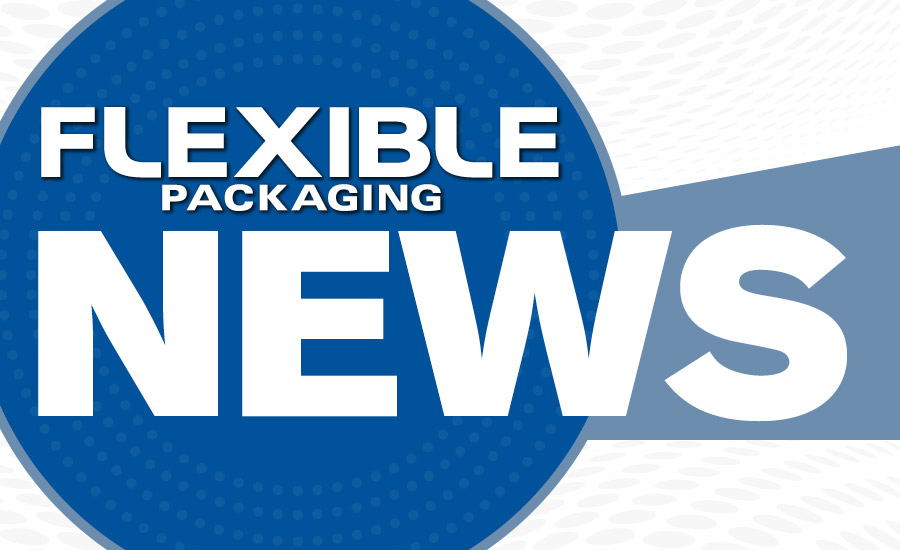Anticipated growth for industrial, digital inkjet print technology for production in functional, decorative and packaging printing sectors remains strong and buoyant, according to a new survey and report produced by I.T. Strategies for InPrint USA.
InPrint defines industrial print as “using print technologies within the process of manufacturing.” It refers to a procedure whereby ink or another substance is printed onto a product for either functional or decorative purposes, like packaging.
The survey was conducted in January of 2017 with 162 respondents from around the world. The survey and report were designed to gather insights on the growth potential of inkjet industrial print in the packaging sector, analyze market penetration to date, and identify any challenges that may prevent further adoption.
The report offers analytical insight from Mark Hanley, founder of I.T. Strategies, and Simon Edwards, vice president of sales and marketing at Tonejet, the global packaging partner for InPrint. Hanley and Edwards will be sharing additional market insight and case studies on the industrial inkjet market at the Global Industrial Inkjet Conference at InPrint USA in Orlando, Florida, April 25-27.
“The value of print for packaging globally is $296 billion,” Hanley says. “Digital currently represents $3.26 billion, so rates for growth are set against a relatively low level of digital penetration thus far.”
Seventy-four percent of survey respondents feel that the packaging sector has the greatest amount of expected growth in 2017. Survey respondents also feel speed and flexibility are the main reasons inkjet industrial print solutions will play a larger role in packaging in the near future.
“Much of the discussion and interest thus far seems to have been focused on the possibilities of personalization as the kind of ‘sexy way’ to showcase the value of digital,” Edward says. “But the logistical cost for doing this is way too high. In my view, the value is not in personalization, but in the variability and efficiency digital provides production.”
Some other highlights of the survey and report include:
• The segments that perceive growth for the industrial print market to be between 1 -5 percent has more than doubled from 13 percent in 2016 to nearly 30 percent in 2017.
• Almost 50 percent of responders believe that inkjet will play a larger role in packaging within the next two to five years.
• Ink chemistry remains the biggest single challenge for new applications with inkjet.
• Flexible packaging, labels and direct-to-shape packaging segments have the most potential to invest and adopt industrial inkjet solutions.
• Almost 32 percent of respondents feel flexibility and speed offer the most value for digital printing for packaging.
• Respondents felt that two of the biggest barriers to greater market adoption are that brands and retailers are too focused on digital print quality matching and analog printing, and that the supply chain is too heavily invested in analog technology, so it is resistant to change.
Request your complimentary copy of the full survey and report here.
InPrint USA
www.inprintshow.com/usa





